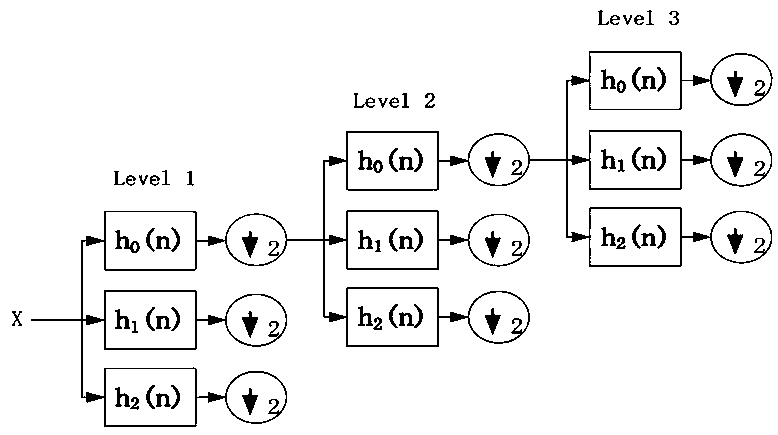Photoplethysmography signal optimization method
A technology of photoplethysmography and optimization methods, which is applied in measuring pulse rate/heart rate, medical science, sensors, etc., can solve problems such as multiple noises, and achieve the effect of ensuring signal quality, good waveform characteristics, and removing noise
- Summary
- Abstract
- Description
- Claims
- Application Information
AI Technical Summary
Problems solved by technology
Method used
Image
Examples
Embodiment
[0067] Embodiment: A photoplethysmographic signal optimization method of this embodiment, such as figure 1 As shown, including the following steps:
[0068] S01: Acquire the photoplethysmographic signal and motion state signal of the subject synchronously;
[0069] S02. Perform the first round of optimization on the pulse wave signal, that is, determine whether the subject is in a static state, a slow walking state or a vigorous exercise state according to the motion state signal, and if the subject is in a vigorous exercise state, the pulse wave signal of the corresponding time period is eliminated;
[0070] S03. Perform denoising processing on the pulse wave signal after the first round of optimization;
[0071] S04. Extract the characteristic index of the denoising processed pulse wave signal;
[0072] S05. Compare the extracted characteristic index with the threshold range, and when at least one characteristic index falls outside the threshold range, mark the pulse wave period corr...
PUM
 Login to View More
Login to View More Abstract
Description
Claims
Application Information
 Login to View More
Login to View More - R&D
- Intellectual Property
- Life Sciences
- Materials
- Tech Scout
- Unparalleled Data Quality
- Higher Quality Content
- 60% Fewer Hallucinations
Browse by: Latest US Patents, China's latest patents, Technical Efficacy Thesaurus, Application Domain, Technology Topic, Popular Technical Reports.
© 2025 PatSnap. All rights reserved.Legal|Privacy policy|Modern Slavery Act Transparency Statement|Sitemap|About US| Contact US: help@patsnap.com



